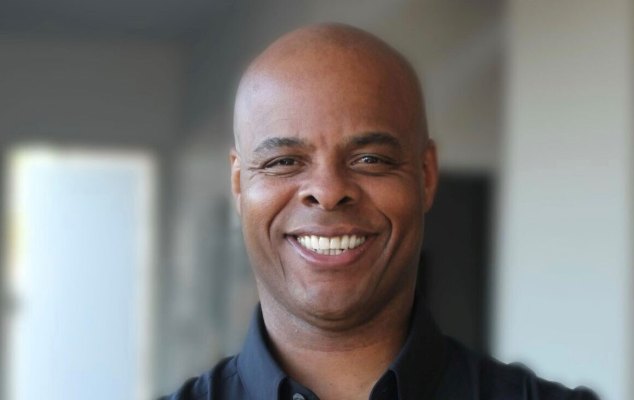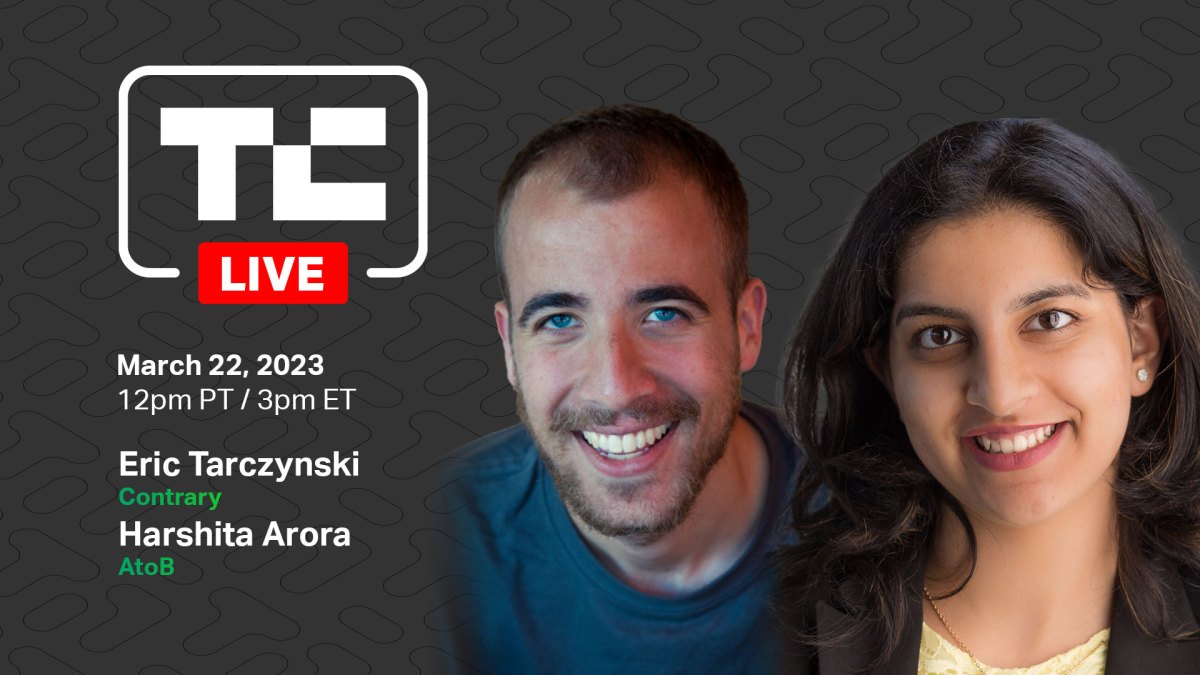How Adobe’s diversity chief uses data to build a more equitable workplace – TechCrunch
Brian Miller has been working on training, diversity and hiring for almost 15 years now across three companies. When he joined Adobe last August he was given a broad mandate that was reflected in his mouthful of a title — chief talent, diversity and inclusion officer.
His wide-ranging assignment is to build a diverse workforce where everyone feels part of the organization with a chance to thrive in their careers. He recognizes that it’s easier to talk about than to do. Simply saying you want to be diverse and inclusive is just the first in a long series of steps to building a more heterogeneous company.
Miller emphasizes a few key themes. Chief among them is using data to drive every decision he makes, as it gives you the current state and helps you understand where you need to improve. As Lybra Clemons, chief diversity officer at Twilio told me in an article last year on her company’s diversity efforts, data helps bring clarity to the process:
“The data is helping us understand that either we increased or we didn’t increase in this particular demographic or population. So how do we use the data to actually move and make some changes or shifts to our policies or practices and so forth,” she said.
Miller also stresses that building a diverse company requires a serious commitment from the executive team, and not just for the short term, but over the long haul, what he refers to as having the stamina to keep going, even when it gets hard.
I sat down with him recently to talk about his work with the Adobe executive team and the challenges he faces in establishing policies to put these ideas into action.
Getting support from the top
Miller says that it all starts at the top of the organization with a conviction to build a workforce that reflects the world in which the business operates, and leaders who are willing to do more than talk about it. Yet Miller has found that even when the willingness is there, it takes stamina and a commitment to continually revisit and work at building a fair and inclusive company.
“It has to start with the senior [most] leader in charge. Do they commit? Do they have conviction? The next thing that I test is what’s your stamina? Because this is going to be difficult. I’m going to hold recs up to get a diverse slate of candidates and you’re not going to be happy with me. So let’s have this conversation now,” he said.
He says that he is lucky to have chief people officer Gloria Chen and CEO Shantanu Narayen backing him up in this regard. While he’s still in a period of getting to understand the company and helping the organization understand what this all means, it all starts with a plan.
The first step was looking at the current data because it’s only by understanding the lay of the land, can he start to make a plan to move the company forward. He says that most tech companies like to work from data to understand customers and markets better, and he believes in applying that same approach to diversity.
“We should know our numbers. So for example, how many women do we have in the organization? Do we know that really quickly or not? This is the type of thing that I’ve been trying to pressure test more and more and continue to test more and more, is having those numbers readily available,” he said.
As an example, he says Adobe has about 8,000 women out of a worldwide workforce of around 25,000 employees. That roughly 30% number is in line with most tech companies, but he knows that these numbers are just a starting point.
“We continue to work to increase women representation at Adobe, as well as increase women in leadership positions,” he said. To help achieve these goals, the company runs a number of programs to help women be successful, including senior leader sponsorship and mentorship, as well as leadership development.
He added that the industry as a whole should not be satisfied with this 30% number. “As an industry, we need to strive for stronger diverse representation and unifying moments that enables organizations to reach their full potential.”
He said the next step is looking at equity and parity across the organization, which is a multi-faceted concept. For starters, you could look at pay for women and men in the same position. Are they making the same amount of money? The same goes for other historically underrepresented groups.
The company reports that it achieved global gender pay parity for FY2021 for the fourth consecutive year. The company also achieved pay parity in FY2021 for historically underrepresented groups, which Adobe defines in the U.S. as Black/African American, Hispanic/Latinx, Native American, Pacific Islander, and/or employees of two or more races, for the second consecutive year.
The next piece is promotions parity. Is everyone getting an opportunity to advance in their field and finding ways to ensure that historically underrepresented groups get a fair shot at promotions to management positions and the executive team. He says this opportunity parity has to move more quickly across all historically underrepresented groups and he has coined a new term for that.
“I’ve come up with a new concept or a new way of thinking that I call ‘opportunity velocity.’ It means that we are going to over-invest in certain groups, and we’re going to promote them or invest in them so they can increase in numbers over time at Adobe. That is just a different way of thinking,” he said.
He says tech in general just as to work harder at all of this. “This includes a continued investment in diversity recruiting, a reach back strategy that embraces university allyship, and an unwavering commitment to developing diverse talent.”
Bringing people together
Miller says to achieve opportunity velocity, you really need to flip the notion that for someone to make gains, someone else has to lose. The hard part is creating alliances instead of division. He said when it comes to equity — making sure everyone gets paid the same for the same work, making sure there is equal opportunity for promotions — all of that has the potential to bring people together, but it’s not always easy to convince people that’s the case.
“There is this threading needle moment we can [move] towards at Adobe because that’s the hard part of it. The easy part is to create moments where you say, ‘I’m going to over invest in one group versus the other.’ The harder moment is when you say, ‘wait a minute, how do I create unifying moments?’”
He says the conversations he has with Chen and Narayen are about finding ways to create those unifying moments, while respecting people’s differences. “We have to bring everyone along. We have to now become a much more united company where when things are pulling us apart, we figure out how we come together,” he explained.
He says that overall the company’s diversity numbers are moving in the right direction, but there’s still a lot of work to be done. The company has established a goal to have at least 30% women in management positions by 2025 while doubling the number of other historically underrepresented folks in leadership positions by that time (with the understanding that sometimes these will overlap).
With that in mind, Miller’s message is to keep grinding while using data as his north star.
“The question that I continue to have is, how do I create stamina for this movement? How do we keep it going? And for me, that is just speaking the language of business, which is basically, what’s the data say? What are we going to promise and stand for, and then how are we going to continue to track it and be transparent about it.”




